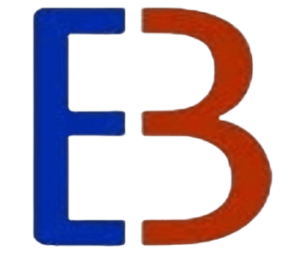1. : define Goal: Assess the mating patterns and extent of homogamy for couples with wedding announcements published in the New York Times. Go to the Weddings Announcements page on the New York Times web site and access the most recent set of announcements. Read at least the first 10 announcements carefully. Print and attach the list of wedding announcements you selected as an appendix to your paper. You may need to set up an account on the New York Times website to do so.
In a table, summarize the salient ascribed and achieved characteristics of each individual and couple (for at least the first 10 listed) to the extent that they can be determined, including race/ethnicity; age; whether or not a bride will keep her last name after the wedding; educational attainment, religion, occupation, and parents/grandparents’ occupations. Summarize the information in a table.
What characteristics does the typical female partner have? The typical male partner? How did couples meet?
Discuss the extent to which homogamy is evident among the couples in the announcements, touching on each of the following areas:
Which characteristics (e.g. age, education, religion, etc.) appear to be most relevant?
Is there evidence of a mating gradient, i.e. are women marrying men with higher status on these characteristics, or vice versa?
Do the patterns vary by the age of the couple? In other words, do older couples (e.g. over 40) resemble younger couples in their composition, extent of homogamy, etc?
Compare the marriage patterns of same-sex and opposite sex couples. To what extent are same-sex couples homogamous?

